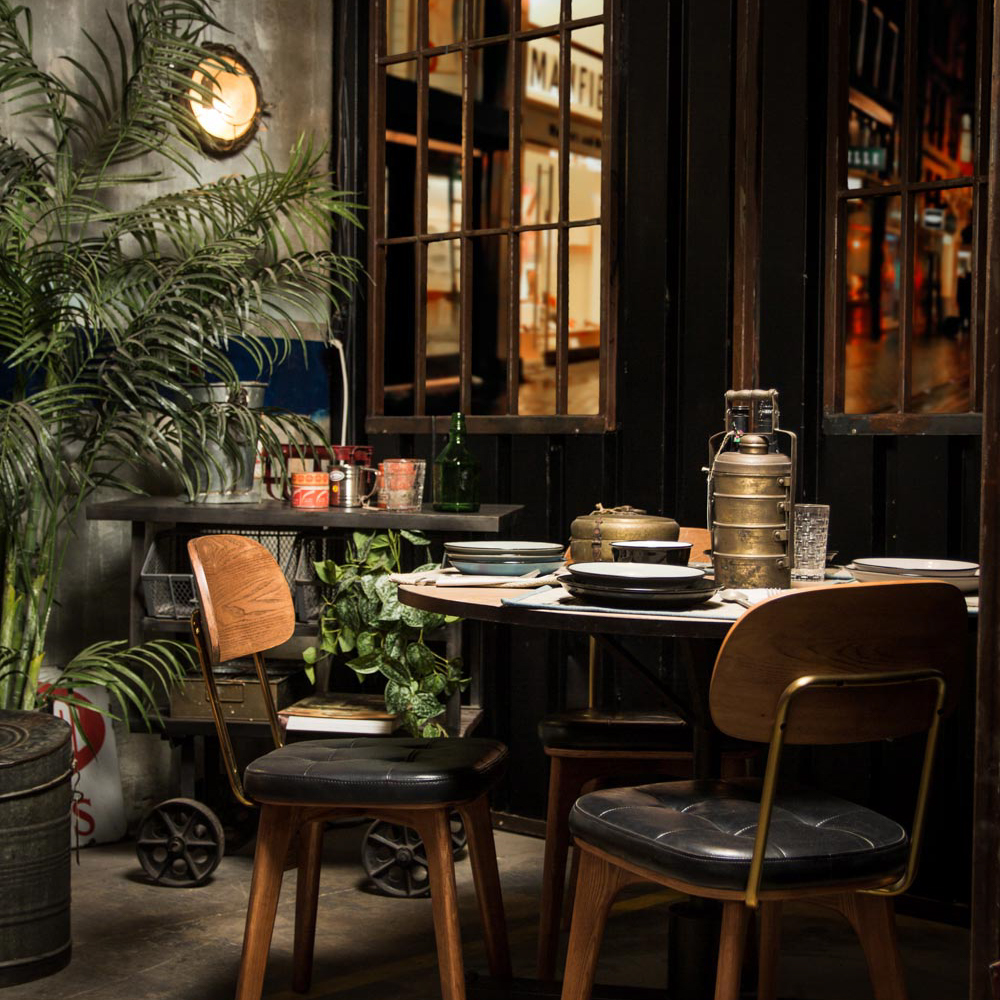Wall lights are a popular lighting solution for both residential and commercial spaces. They not only provide functional lighting but also add a decorative touch to the room. With technological advancements, wall lights can now be designed and rendered in DWG format, making it easier for architects, interior designers, and homeowners to visualize and plan their lighting design.
History of Wall Lights
Wall lights have been used for centuries, dating back to the medieval times where they were made of metal or wood and lit with candles or oil lamps. In the 18th century, wall lights began to be made from brass and were often adorned with crystals or glass. The Victorian era saw a rise in popularity for wall lights with the introduction of gas lighting. In the 20th century, electricity allowed for more widespread use of wall lights and the design options expanded.
Versatility of Wall Lights in DWG Format
One advantage of wall lights in DWG format is the wide range of design options available. They can be sleek and modern, classic and ornate, or anything in between. Wall lights in DWG format can be designed and rendered to match the style and aesthetic of any room. They can also be customized to fit a specific space or to highlight a particular design feature.
Another advantage of wall lights in DWG format is the versatility in placement. They can be mounted at different heights on the wall, angled to highlight artwork or furniture, or used to create a specific ambiance in a room. Wall lights in DWG format can also be used in outdoor spaces, such as patios or deck areas, to add both functional and decorative lighting.
Elegance of Wall Lights in DWG Format
Wall lights in DWG format can add an elegant and sophisticated touch to any room. The soft, diffused light they provide creates a warm and inviting atmosphere. Wall lights in DWG format can also be used to accentuate architectural features, such as alcoves or archways. They add depth and texture to a room and can be used for both ambient and task lighting.
In conclusion, wall lights in DWG format offer a wide range of design options and versatile placement options. They add elegance and sophistication to any room and provide both functional and decorative lighting. Whether you’re an architect, interior designer, or homeowner, using wall lights in DWG format can help you visualize and plan your lighting design with ease.
